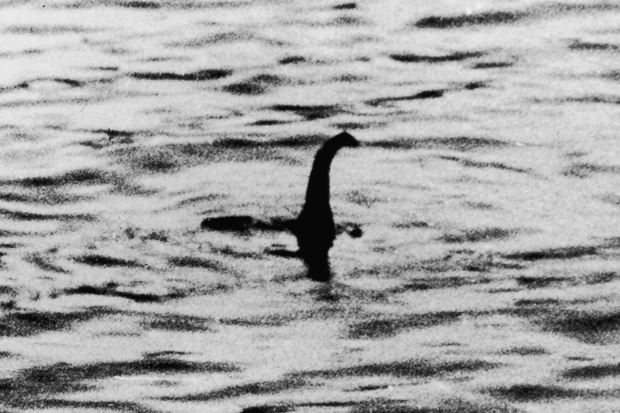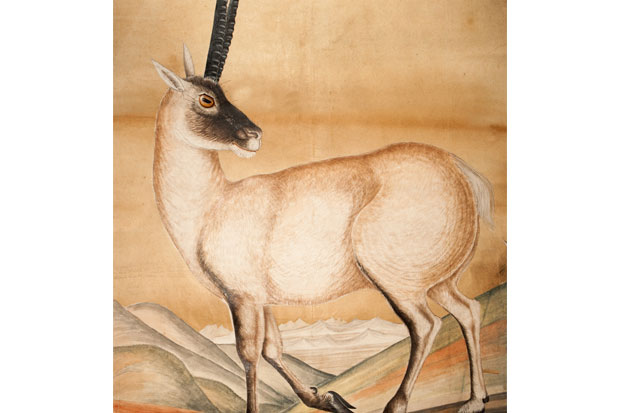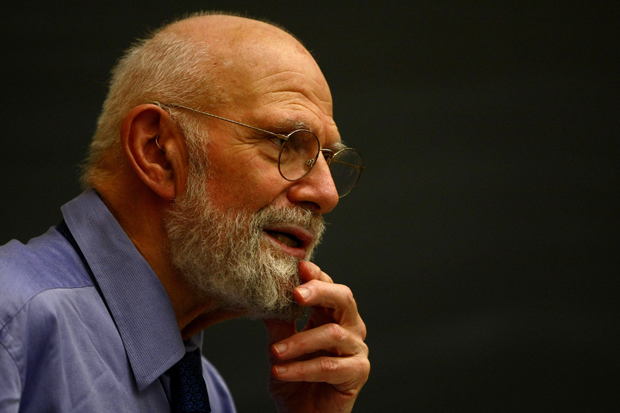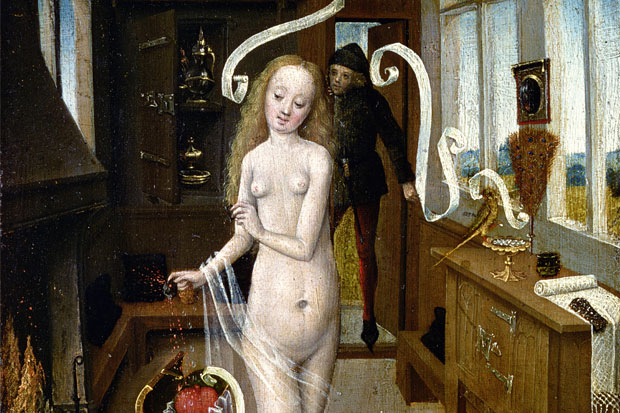It wasn’t until I drove past Loch Ness a couple of years ago that I realised just how enormous it is. Over 20 miles long and deep enough to hide Blackpool Tower, it could hold the water from all the lakes in England and Wales combined. But it’s still not as big, I found myself thinking, as the human imagination.
Gareth Williams’s excellent book isn’t about the Loch Ness monster; it’s about the people who have looked for it. There is Alexander Keiller, rich from marmalade and ‘fond of sex, sometimes on a near-industrial scale’. There’s wing commander Basil Cary and his wife Winifred, known as Freddie, who can work out which pub her husband is in by dangling a pendulum over a map (she then rings up and shouts: ‘Send him home!’). There’s even the Daily Mail, who in 1933 tried tempting Nessie with a leg of mutton. Unimpressed, a Mr R.M. Green suggests six bullocks ‘impaled on appropriately sized hooks’. Needless to say the searchers frequently fall out. There are fisticuffs by the loch, and one believer ventures the opinion that another is ‘not quite 16 annas to the rupee’.
Some sightings, you’ll be amazed to learn, turn out to be hoaxes. A carcass discovered in 1868 is that of a whale, stripped of its skin and blubber then dumped in the loch by the ‘waggish crew’ of a sea-going boat. Some 1930s footprints are analysed: not only are they found to be those of a hippopotamus, but they’re all the same foot (back right): someone has been at work with an umbrella stand. But even though the monster might have been made up, you certainly couldn’t have invented some of those pursuing it. One expedition, in need of marker floats, cleans the Inverness branch of Woolworths out of orange and white footballs. An underwater camera’s mechanism is triggered by Polo mints: they take 15 minutes to dissolve, by which time the right depth has been reached (and all light has been lost, rendering the photographs pointless). Seasoned searcher Ted Holiday comes to believe that the monster telepathically knows when people are looking for it, so he tries to outfox it by turning round quickly. Someone arrives armed with a submarine. Inevitably it is yellow.
But this book is more than just a chuckle at the freak show. Some serious figures have taken an interest in the monster, notably Peter Scott, son of Captain and an eminent naturalist. He never said that the monster was definitely there; simply that the many credible eyewitness accounts deserved proper investigation by the scientific establishment. The young Nicholas Witchell adopted a similar view, criticising said establishment for its ‘pawky impotence’. His book on the subject was a bestseller, though a subsequent project at the Loch ‘got the monster out of my system’. All the time, however, the more sober investigators are struggling to contain their overly enthusiastic counterparts. Scott’s chief bugbear is Tim Dinsdale, a self-proclaimed expert who keeps writing to the Queen seeking her permission to name the monster ‘Elizabethia nessiae’. Scott warns Dinsdale against this, on the grounds that Her Majesty will ‘get browned off with the whole thing’.
Williams runs through the many possible explanations for sightings: light refraction, wave formations, lumps of vegetation brought to the surface by the gases of their own decomposition. But equally he’s aware that some people believe in the monster simply because they want to. (In this respect the book kept reminding me of Selling Hitler, Robert Harris’s masterly account of the fake diaries supposedly kept by the Führer.) As Williams points out: ‘Descartes noted that “chance favours the prepared mind”. So does wishful thinking.’ The monster answers
a basic human need… the insatiable hunger to be filled with awe by something so extraordinary that only those who have seen it for themselves could ever believe that it exists.
Meanwhile on the banks of the loch, Steve Feltham is into the 24th year of his vigil. Home is a mobile library van, no longer mobile and rusted into place, bearing a stove that in winter provides ‘nearly enough heat’. As Williams talks to him, Feltham’s eyes ‘constantly return to the water’. He came here at the age of 28, abandoning a safe family job and his ties in Dorset, because he ‘didn’t want to reach the age of 70 only to look back on a life unfulfilled’.
Got something to add? Join the discussion and comment below.
Get 10 issues for just $10
Subscribe to The Spectator Australia today for the next 10 magazine issues, plus full online access, for just $10.
Available from the Spectator Bookshop, £17. Tel: 08430 600033
You might disagree with half of it, but you’ll enjoy reading all of it. Try your first month for free, then just $2 a week for the remainder of your first year.














Comments
Don't miss out
Join the conversation with other Spectator Australia readers. Subscribe to leave a comment.
SUBSCRIBEAlready a subscriber? Log in